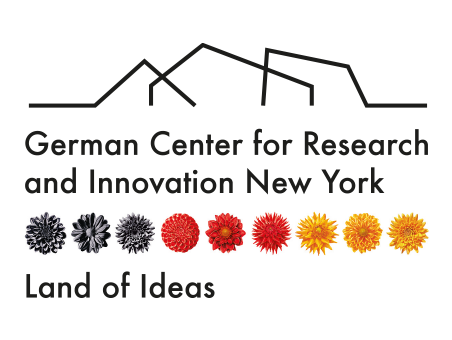Building the Atmosphere
 © Forschungszentrum Juelich/Hendrik Fuchs
© Forschungszentrum Juelich/Hendrik Fuchs
Scientists at the Juelich Institute of Energy and Climate Research are investigating the intermingling of natural and man-made gases in the atmosphere using the simulation chamber SAPHIR.
Scientists are still trying to understand the interactions between natural and man-made gases in the atmosphere. Plants release Volatile Organic Compounds (VOC) like isoprene into the air. The strength and pattern of these emissions depends on climate conditions, but the effects of climate change and its associated stresses on plants are still largely unknown. The scientists behind SAPHIR, a climate simulation chamber at the Juelich Institute of Energy and Climate Research, are trying to figure it out.
SAPHIR’s large, cylindrical chamber allows for studies of the intermingling of biological and man-made gases, particles and pollutants. The chamber, which resembles an outdoor greenhouse and is made of Teflon foil, is filled with a large volume of pure air. In precise, controlled experiments, atmospheric concentrations of trace gases can be added (either synthetically or from a connected plant chamber), temperatures can be monitored, and light shutters can be opened or closed, simulating either nighttime of daytime sunlight conditions.
Instruments keep track of radicals, trace gases, aerosols and physical parameters. Fans inside the chamber ensure the homogeneous mixing of all trace gases. SAPHIR allows scientists to investigate the chemistry and effects on air quality in the troposphere, or the lowest level of the atmosphere where weather conditions take place. What is the contribution of tropospheric chemistry to the formation of particles and cloud condensation nuclei, and how do these effect weather changes? That’s what they aim to find out.
In one experiment conducted at SAPHIR, scientists discovered that hydroxyl (OH) radicals – known as the “cleaning detergent” of the atmosphere— get recycled more efficiently than thought before as they clean the air. As they decompose isoprene, a VOC made my plants, new OH radicals are formed, which are then able to purify the air of other pollutants and trace gases. Thanks to the scientists behind SAPHIR, we better understand the atmosphere’s astonishing ability to cleanse itself.
More at: https://www.fz-juelich.de/iek/iek-8/EN/Expertise/Infrastructure/SAPHIR/SAPHIR_node.html
